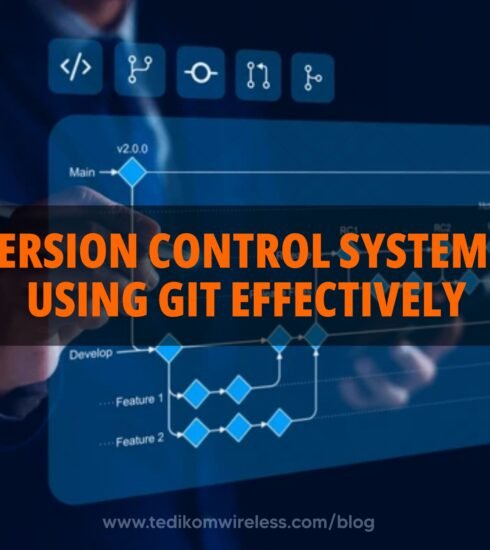The adoption of headless CMS and decoupled architectures for flexible content management.
Traditional content management systems (CMS) are struggling to keep up due to their lack of flexibility and scalability. To address these issues, many businesses are adopting headless CMS and decoupled architectures, marking a new phase in content management.
What Headless CMS and Decoupled Architectures are?
A traditional CMS ties together the backend (where content is managed) and the frontend (what users see), making them dependent on each other. In contrast, a headless CMS separates the backend from the frontend, allowing for more flexibility in how content is displayed.
Decoupled architectures go even further by breaking apart the content management backend, the presentation layer, and other delivery channels. This allows content to be created once and shared across multiple platforms like websites, apps, and IoT devices.
Benefits of Headless CMS and Decoupled Architectures
- Flexibility: Headless CMS lets businesses quickly adapt to new technologies and user needs. Developers can choose the best tools for each platform or device since content is not tied to a specific frontend.
- Scalability: Decoupled architectures allow businesses to grow without disrupting their systems. Content can be delivered consistently across various channels, maintaining performance and user experience.
- Personalization: Separating content from its presentation means businesses can offer personalized experiences based on user preferences and behavior, improving engagement and conversions.
- Future-Proofing: These systems prepare businesses for future innovations. New technologies, like voice interfaces or augmented reality, can be easily integrated into the existing content delivery system.
Challenges and Considerations
While headless CMS and decoupled architectures have many advantages, there are some challenges:
- Development Complexity: Building and maintaining custom frontend layers requires skilled developers. Businesses may need to invest in training or hiring new talent.
- Content Modeling: Designing content structures to work across different platforms while keeping editorial control is essential. This requires careful planning.
- Integration Complexity: Connecting a headless CMS with existing systems, such as CRM or eCommerce platforms, can be challenging and time-consuming. Businesses should ensure compatibility when choosing a headless CMS.
Headless CMS and decoupled architectures offer a flexible and scalable solution for content management. By separating content creation from delivery, businesses can better meet user needs, provide personalized experiences, and stay ahead with new technologies. Despite some challenges, the benefits make headless CMS a game-changer for modern businesses.









